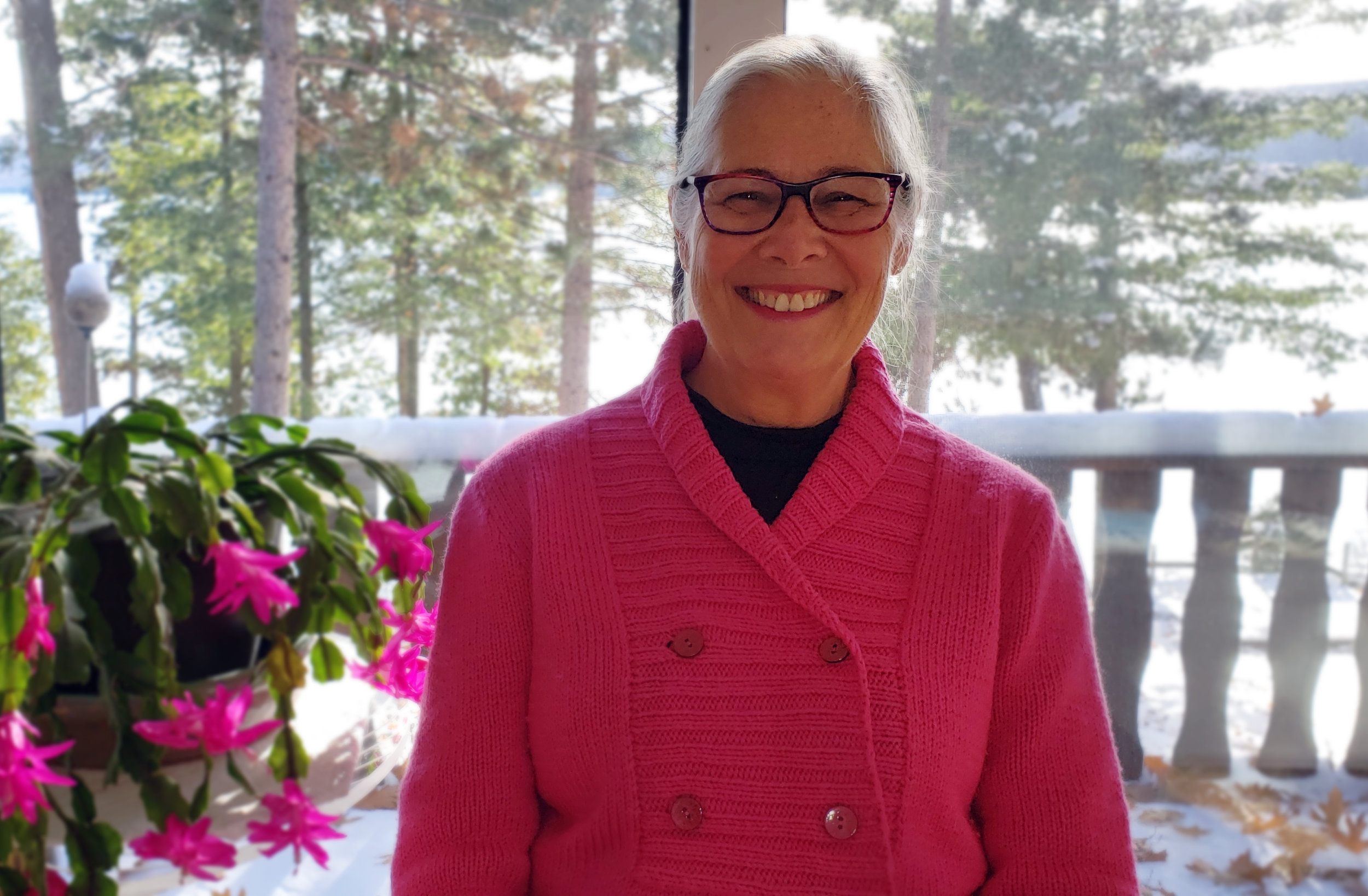Connecting Nature, Education & Well-Being for all
Living Schools are places where people are flourishing, where staff and students are on a co-learning journey, and there is explicit awareness that schools are interconnected with local and global communities, including the natural world. We have chosen to refer to these ‘pockets of excellence’ as Living Schools because they reflect an ethos of bringing life to education and education to life. (excerpt from O’Brien & Howard, forthcoming).
Living Schools are predicated on an education vision of well-being for all.
This embraces well-being – individually and collectively, for all people and the ‘other than human’ life on our planet. It is an inclusive vision that recognizes that our well-being is important both now and in the future and that our well-being is intertwined with that of other people and the natural environment. (O’Brien, 2016, p. 9)
The focus on well-being ensures that Living Schools support outdoor learning, social-emotional learning (Collaborative for Academic, Social, and Emotional Learning, 2013), positive education, and Health Promoting Schools where staff and students flourish (Joint Consortium for School Health, 2008) in addition to other recommendations for transforming education that include fostering creativity, innovation, entrepreneurial mindsets, and digital literacy. We see the application of ‘new’ pedagogies as one mechanism for realizing the attributes of a Living School, recognizing that some new pedagogies such as inquiry-based learning, place-based learning, student-centred learning, outdoor learning, Genius Hour, nature-based learning and so forth are only new in some education circles. Likewise, while yoga, mindfulness, and meditation are more recently accepted practices in K-12 schools these have ancient roots.
One of the key features of the Living School framework is that it aims to offer a comprehensive integration of many recommendations that are often addressed in isolation. For instance, there are calls for social emotional learning, entrepreneurship education, positive mental health, and inclusive education and it would be an insurmountable task for administrators and teachers to respond to all of these independently. It has also been our experience that well-intended efforts to bring public education into the 21st century, or efforts to address pressing health and well-being concerns, consistently overlook how to do so from a sustainability perspective. Living Schools make an explicit connection to sustainability and contributing to sustainable societies.
The Living Schools Attributes framework provides an outline for understanding the concept. Please see the publications page for more information and resources to help you explore Living Schools for your classroom or school community.
Creators of Living Schools
Dr. Catherine O’Brien
Cape Breton University
Associate Professor, Education
Dr. Catherine O’Brien has been actively engaged in sustainability efforts locally, nationally and internationally for more than 25 years. Catherine is an education professor at Cape Breton University (CBU), Canada where she developed the world’s first university course on sustainable happiness based on the path breaking concept of sustainable happiness she created – integrating sustainability principles with positive psychology with the aim of fostering well-being for all, sustainably.
Collaborating with her education colleague, Dr. Patrick Howard, they have developed the innovative Attributes and Practices Framework for Living Schools and the Living Schools Discussion Chart to assist educators with identifying how their school or classroom already reflects a Living Schools ethos. Catherine and Patrick are editing a book on Living Schools that will be available as an open source book later this year.
Dr. Patrick Howard
Cape Breton University
Associate Professor, Education
Patrick Howard developed his interest in the intersections between issues of sustainability and education during a twenty plus-year career teaching high school in coastal communities on the island of Newfoundland, Canada. Patrick’s research and writing is dedicated to exploring how our defining human abilities, creativity, language and imagination, as products of nature, are mediums by which we may grow in our relationships with the living places we inhabit. A common theme of his work is how teaching and learning can deepen the human-nonhuman interrelationship to provide a vital, dynamic vision of education based on life values. His research has been published widely in national and international journals. Dr. Howard is a founding member of the Environmental and Sustainability Education in Teacher Education Standing Committee of the Canadian Network of Environmental Education and Communication (EECOM). He is also an associate editor of the open source journal Phenomenology & Practice.


